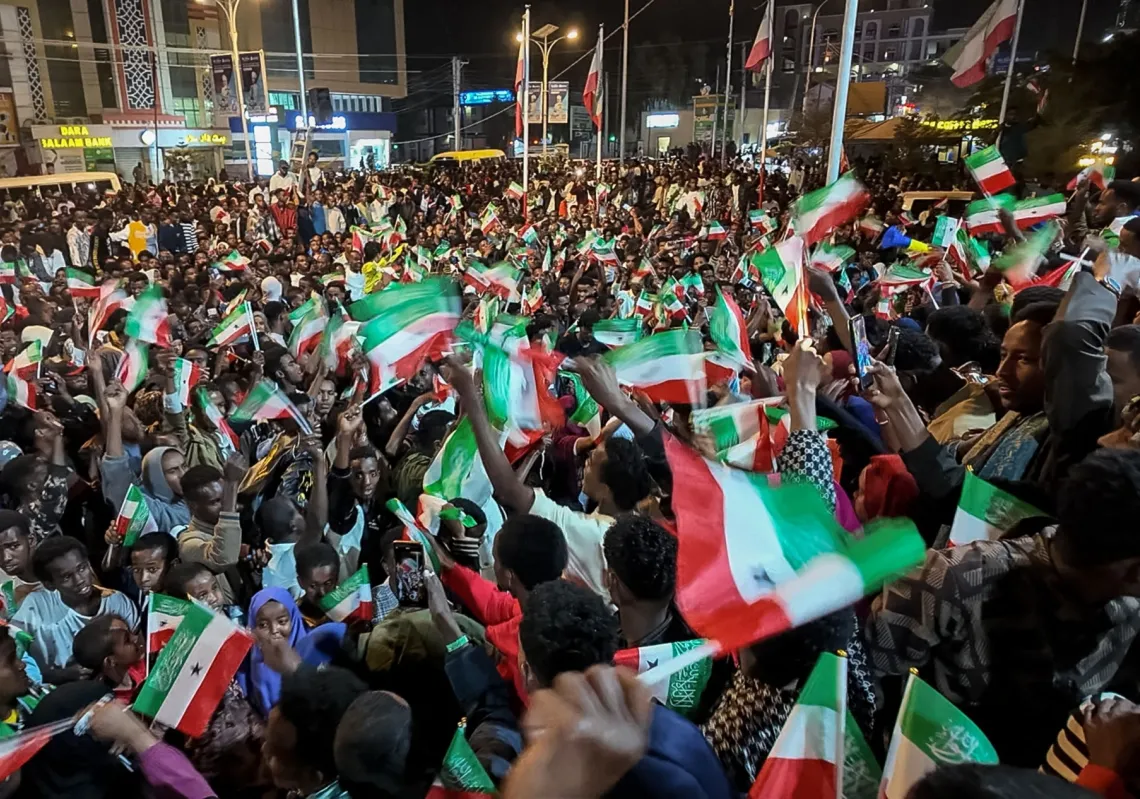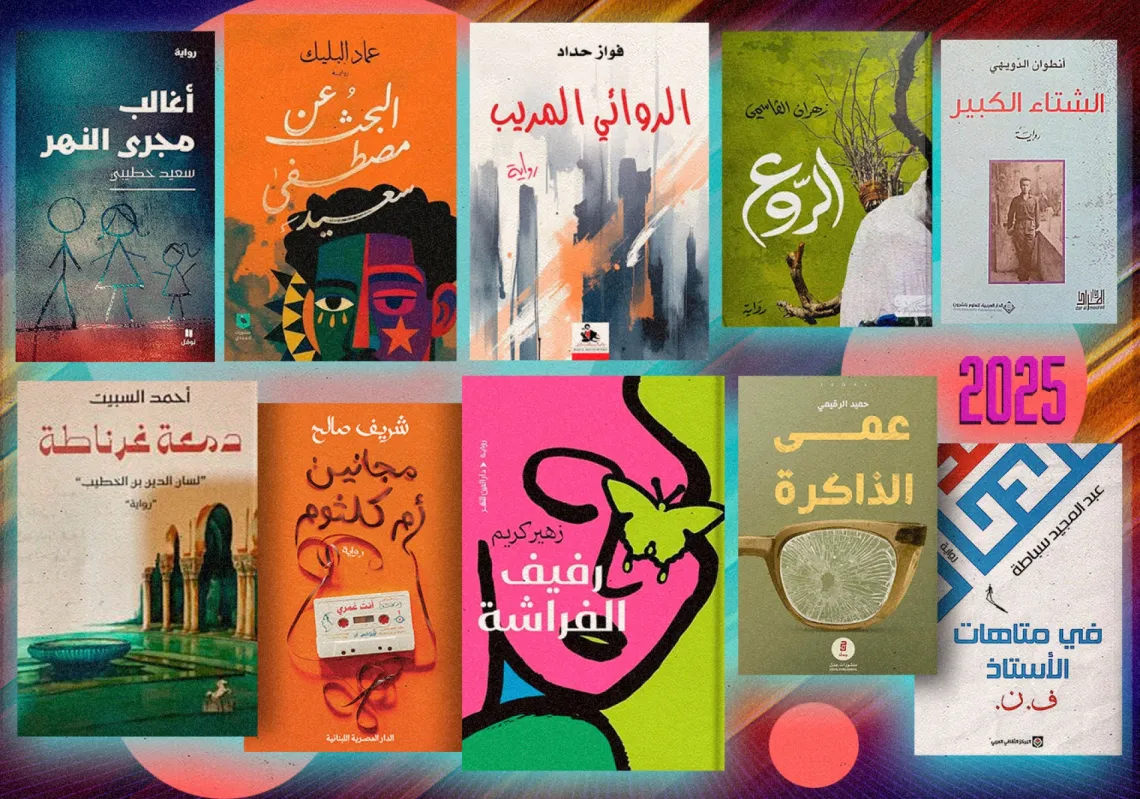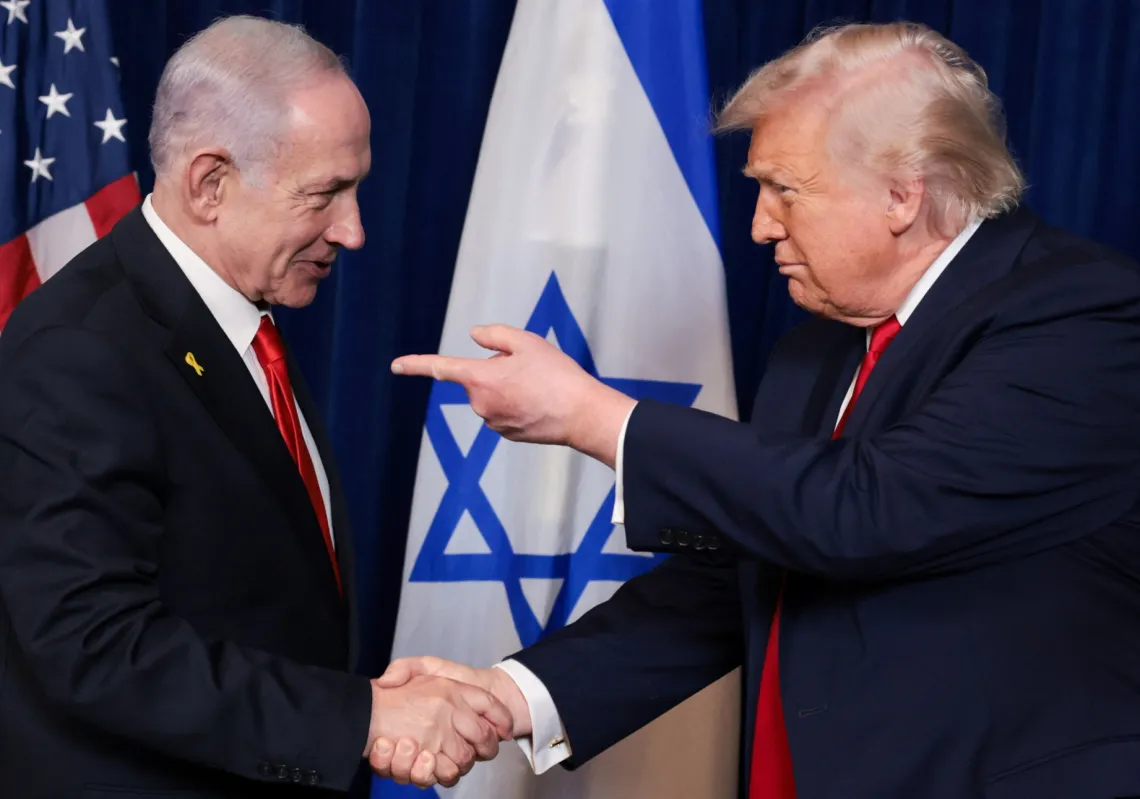The gunmen who killed more than 140 people at a concert hall near Moscow last month have drawn attention to the relationship between Russia and Iran.
Although the attackers were from Islamic State Khorasan Province (ISKP), as claimed in the IS propaganda channel Aamaq, some observers have suggested that they may have been based in Iran.
The Islamic Republic has been a safe haven for terrorists in recent years, hosting the likes of al-Qaeda leader Saif al-Adel, who fled Afghanistan in the 2000s.
They live under the protection of the Iranian Revolutionary Guard Corps (IRGC), but there are doubts over whether these guests would attack a key ally of their hosts.
Regardless, it demonstrates that the dynamics are deeper and more complex. Although they are allies, they are not fully aligned. While they work together, Moscow seeks to assert its seniority.
Here, Al Majalla looks at how this ‘alliance of rivals’ has been shaped and re-shaped, including by their shared experience of conflict in Syria.
From land and air
Before Russia’s military intervention in Syria, the relationship between Moscow and Tehran had not received much public attention.
The two had longstanding links and common interests with Syria’s Assad regime, but only in September 2015 did Russia deepen its involvement in the Syria conflict.
By then, Assad had lost control of 70% of Syrian territory, and Iran was already active there, having first to come to the aid of Damascus in 2011.













